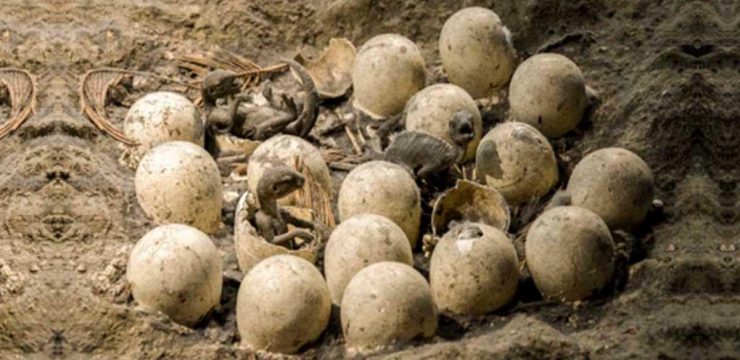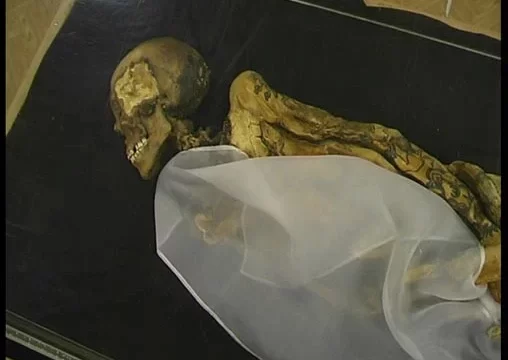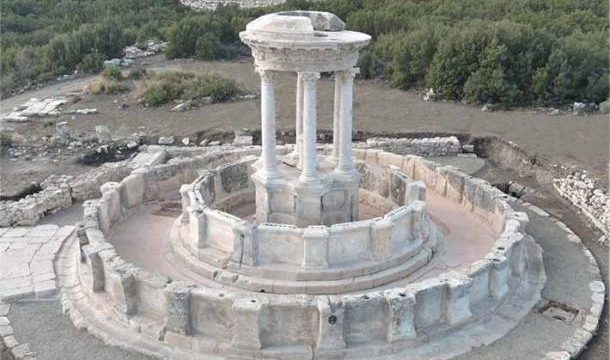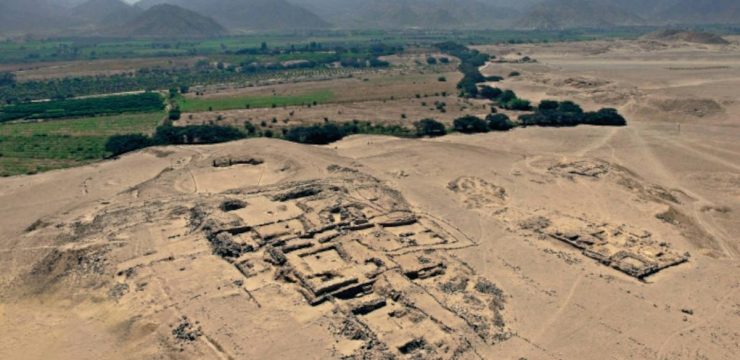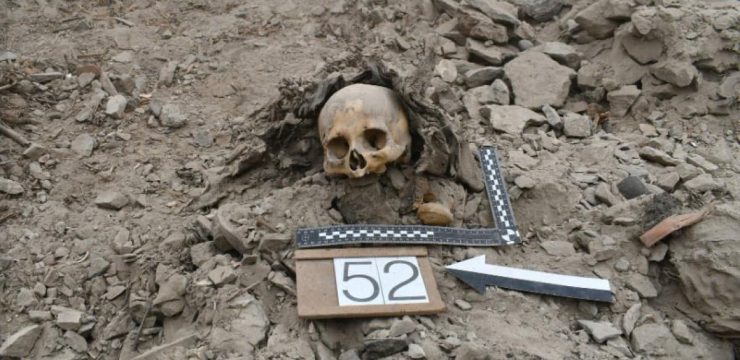Mummy Juanita, also known as the “Inca Ice Maiden” and “Lady of Ampato,” is one of the most extraordinary archaeological discoveries ever made in South America. Her remarkably well-preserved body offers an unprecedented window into Incan civilization, religious beliefs, and sacrificial rituals. Found in 1995, this 15th-century Incan girl was discovered high in the Peruvian Andes, atop the dormant volcano Mount Ampato. Her preservation was made possible by the icy temperatures of the mountain’s summit, which kept her body nearly intact for over five centuries.
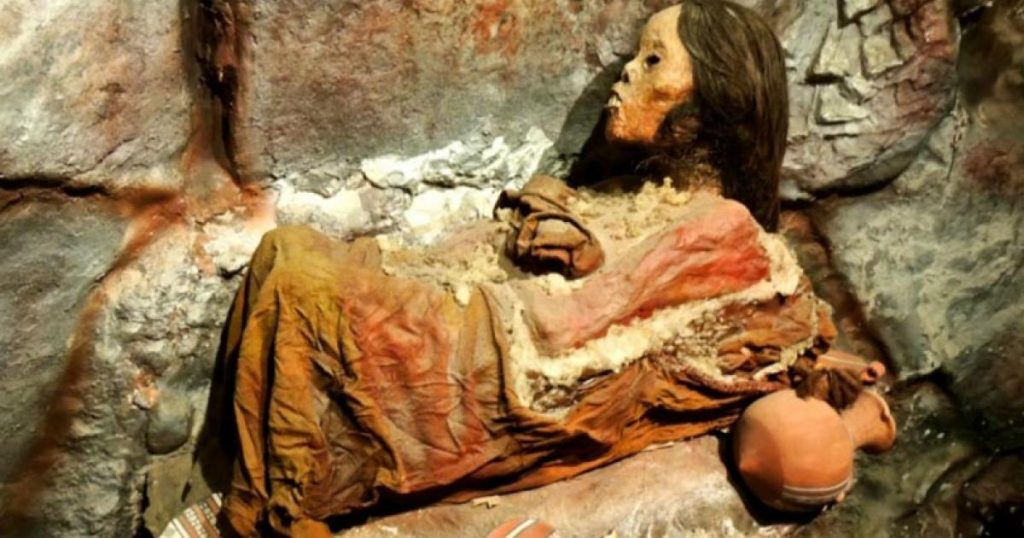
The discovery of Mummy Juanita took place on September 8, 1995, when archaeologist Johan Reinhard and his assistant Miguel Zarate ascended Mount Ampato following reports of glacial melting. This melting was triggered by volcanic ash from a nearby eruption, which darkened the snow and caused it to thaw. As the ice receded, Juanita’s body, wrapped in a ceremonial bundle, was dislodged from its burial site and rolled down the mountainside, where it was eventually spotted by the explorers. A month later, during a second expedition, the frozen remains of two other children were found lower down the slope, further confirming that human sacrifice had taken place at this sacred site.
Researchers believe that Juanita was sacrificed as part of a ritual known as Capacocha (or Capac Cocha), a ceremony deeply embedded in Incan culture. Capacocha was performed to honor the gods, seek divine favor, or avert natural catastrophes. It often involved sacrificing the most beautiful and healthiest children from noble families. These children were selected well in advance and treated with great care and reverence. Their deaths were believed to bring balance to the natural world and secure agricultural success for the empire. Given that Juanita was found on the summit of Mount Ampato, it’s likely that this location held religious significance and was chosen as a site to communicate directly with the mountain deities.
At the time of her death, Juanita was estimated to be between 12 and 15 years old. Her body was carefully wrapped in woven textiles, and accompanying her were sacred offerings: miniature clay figurines, seashells, gold ornaments, and other ritual items. These artifacts, along with food and beverages, were placed with her as gifts to the gods. Among the items likely carried up the mountain were coca leaves and chicha, a traditional corn-based alcoholic beverage. These substances were commonly used to sedate children prior to sacrifice, easing them into a calm, possibly euphoric state before the final moment.
Advanced imaging techniques such as radiology revealed the cause of Juanita’s death: a powerful blow to the head with a club, which caused significant cranial trauma and internal bleeding. This was consistent with Incan sacrificial practices. Unlike brutal executions, Capacocha sacrifices were carried out with solemn ritual and often involved sedated victims who were honored rather than punished. The Inca viewed this sacrifice not as an act of cruelty, but as a sacred duty, a pathway for the child to join the gods.
Further analysis of Mummy Juanita’s remains has continued to shed light on the details of her life. A particularly fascinating discovery came from the isotopic examination of her hair. Hair retains chemical signatures that reflect an individual’s diet over time. Through this analysis, researchers determined that Juanita’s diet had shifted about a year before her death. Initially, she consumed a typical Incan diet consisting of potatoes and vegetables, indicative of her upbringing among commoners. However, in the final year of her life, her diet changed dramatically—animal proteins and maize, foods associated with the elite, became prominent. This change suggests that she was selected for sacrifice roughly a year in advance and was taken from her community to be prepared for this significant role.
This pattern of ritual preparation has been observed in other Andean mummies as well, most notably the Children of Llullaillaco in Argentina. These children, too, were selected for Capacocha and underwent similar changes in diet and lifestyle before being sacrificed. The Incas took great care in preparing these children for the afterlife, treating them as divine messengers rather than mere offerings.
Today, Mummy Juanita resides at the Museo Santuarios Andinos in Arequipa, Peru, a city near Mount Ampato. She is housed in a specially designed display case that maintains the exact conditions necessary to preserve her remains—low temperature and controlled humidity. Visitors from around the world travel to the museum to witness the stunning preservation of this young girl and to reflect on the profound cultural significance of her sacrifice.
Mummy Juanita’s discovery not only provided valuable artifacts and biological materials for scientific study but also offered insight into the religious beliefs and practices of the Inca civilization. Her story is not one of tragedy alone, but of cultural devotion, spiritual sacrifice, and the deep connection the Inca people believed they had with the natural world. Through modern science, we have been able to understand the spiritual rationale behind such rituals, recognizing them as vital expressions of a civilization that saw harmony with the gods as the foundation for its survival and prosperity.
Juanita’s preservation is among the finest ever found from the ancient world. Unlike many other mummies whose internal organs are removed or decomposed, her body remains largely intact due to the freezing temperatures in which she was entombed. Her skin, hair, and even stomach contents were preserved well enough to allow detailed scientific analysis. These findings continue to influence our understanding of not just Incan society, but also ancient high-altitude burials and the physical effects of rapid freezing on the human body.
The legacy of Mummy Juanita continues to inspire researchers, historians, and curious minds alike. Her life and death remind us of the complexities of ancient civilizations, the rituals they embraced, and the enduring mysteries still buried in the highest peaks of the Andes. As science evolves, her story will likely yield even more revelations, helping us bridge the gap between the past and present while honoring the life of a young girl chosen for a sacred destiny.
